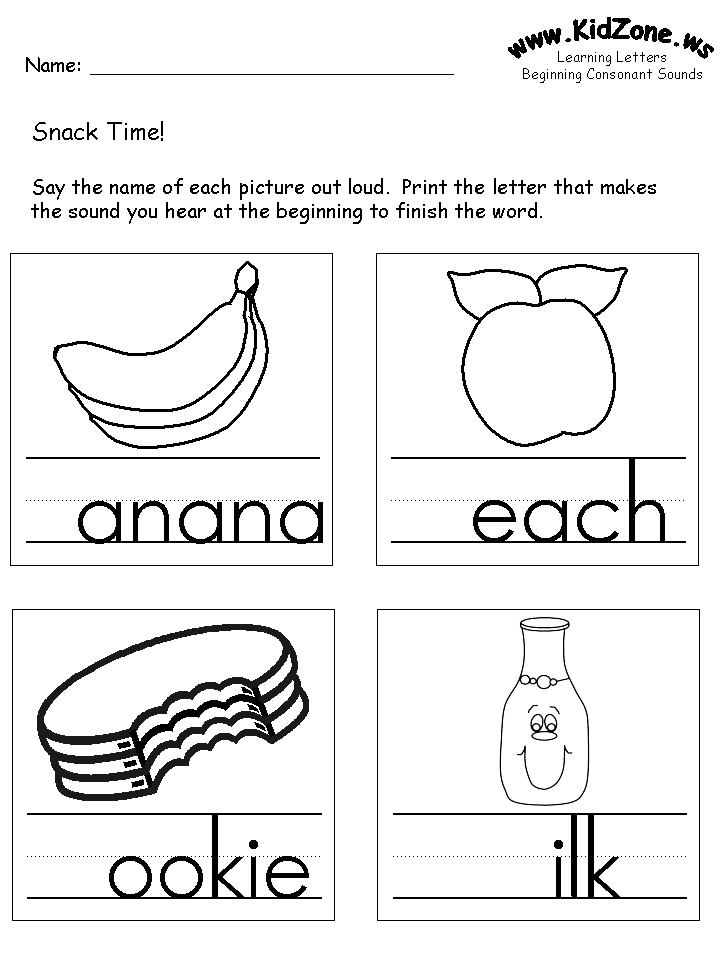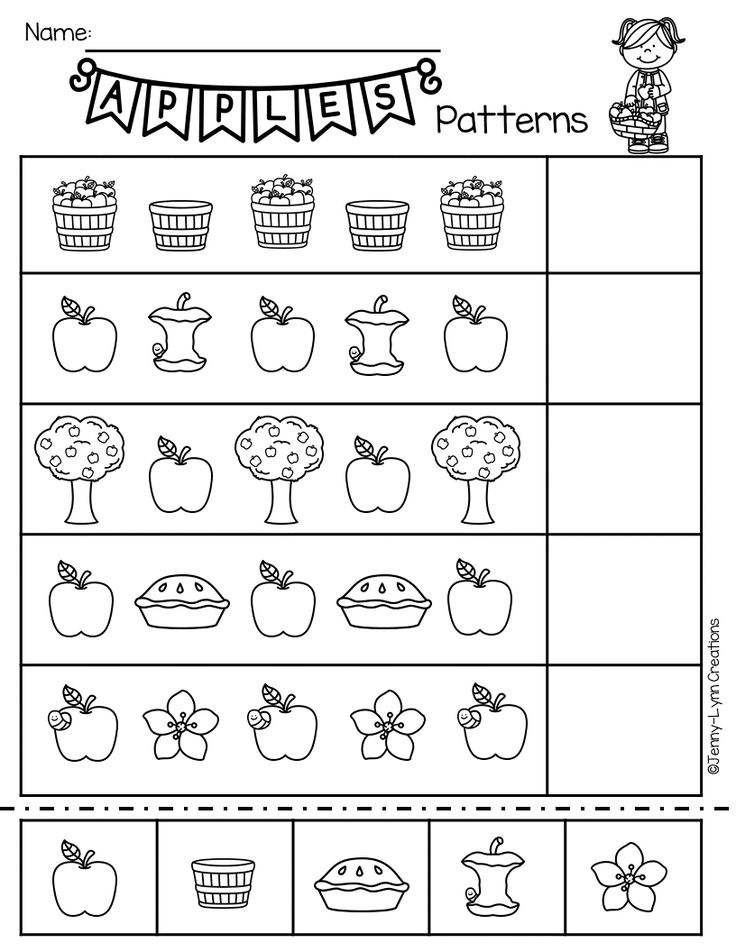Geometric shapes for kids
Geometric shapes for Kids with Definition, Cute Illustrations!
Are you trying to teach geometric shapes for your kids? But you are not sure about what are the 16 basic shapes in mathematics? and How do you help your kids to identify geometric shapes easily?
Here you will find our list of different Geometric Shapes in Math Printable Worksheet with really cute characters, definitions, and suggested activities for your kids, or students to learn it with excitement.
There is an image of each shape, as well as the attributes of that shape.
Using these sheets will help your children, students:
- Know the properties of different shapes;
- Know the inner angles of an equilateral polygon;
- Identify list of 2d geometric shapes, including triangles, quadrilaterals and polygons
List of Geometric Shapes – Triangles for Students
- Equilateral Triangle – Irregular Triangle
- Square – Irregular Quadrilateral
- Pentagon – Irregular Pentagon
- Equilateral Triangle
- Angle: 60°
- Interior angles add up to 180°
Square
- Angle: 90°
- Interior angles add up to 360°
Pentagon
- Angle: 108°
- Interior angles add up to 540°
| >>> Try Geometric Shapes Learning Games for Kids
Equilateral Triangle
- Angle: 60°
- Interior angles add up to 180°
Square
- Angle: 90°
- Interior angles add up to 360°
Pentagon
- Angle: 108°
- Interior angles add up to 540°
| >>> Try for free: Shapes Matching Puzzles games for Toddlers
Hexagon
- Angle: 120°
- Interior angles add up to 720°
Heptagon
- Angle: 128.
6°
- Interior angles add up to 900°
Octagon
- Angle: 135°
- Interior angles add up to 1080°
| >>> Try our Cool Math Games for Kids
List of Geometric Shapes – Quadrilaterals
List of Geometric Shapes – Quadrilaterals in Mathematics for students to learn. A quadrilateral is a polygon with four sides. A quadrilateral is sometimes referred to as a quadrilateral or a quadrilateral. There are quite a few members of the quadrilateral family.
There are also some members that are subset of other family members! See below if this confuses you!
Squares have 4 equal sides and 4 right angles.
They have 4 lines of symmetry. All squares belong to the rectangle family. All squares belong to the rhombus family. All squares are also parallelograms.
Rectangles have 4 sides and 4 right angles.
They all have 2 lines of symmetry (4 lines if they are also a square!) All rectangles belong to the parallelogram family.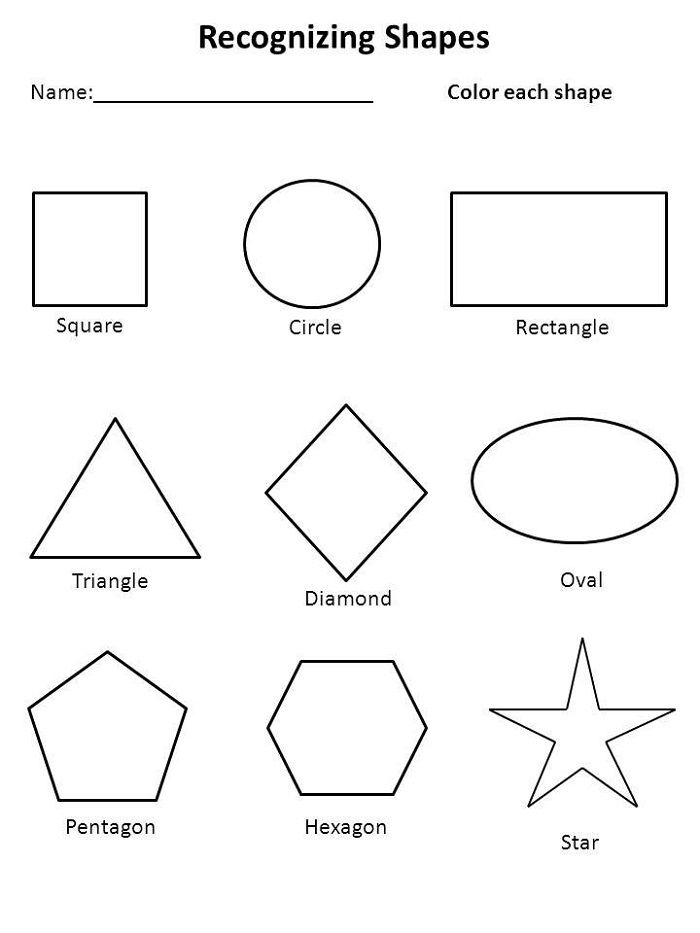
Rhombuses (rhombii) have 4 equal sides.
Both pairs of opposite sides are parallel. They all have 2 lines of symmetry (4 lines if they are a square!). All rhombuses belong to the parallelogram family.
Parallelograms have 2 pairs of parallel sides.
Some parallelograms have lines of symmetry (depending on whether they are also squares, rectangles or rhombuses), but most do not.
Trapezoids US (Trapeziums UK) have one pair of parallel sides.
Some trapezoids have a line of symmetry. Please note the differences between the definitions for US and UK.
Kites have 2 pairs of equal sides which are adjacent to each other.
Convex and Concave Polygons – geometric shapes for kids
Polygons can be concave or convex in their shape.
Convex shapes have all angles less than 180°. Concave shapes have at least one reflex angle greater than 180°
Triangles are always convex.
Geometry and Shapes for Kids: Activities that Captivate –
Learn and build with the geometry and shapes for kids.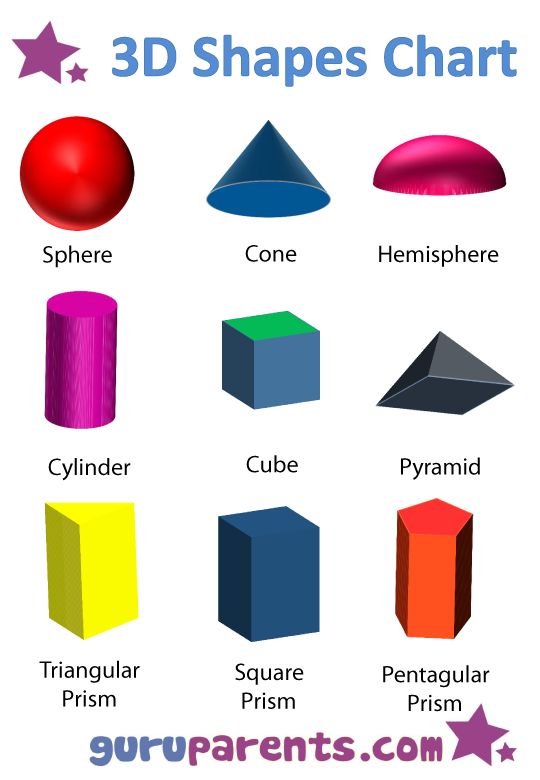 Tons of fun math activities included and a FREE pattern block symmetry activity!
Tons of fun math activities included and a FREE pattern block symmetry activity!
Were you searching Pinterest or googling to find engaging, hands-on geometry and shapes for kids? Are you looking for lessons and activity ideas that are fun and build a strong understanding of shapes and geometry? Then you have come to the right place!
Geometry and Shapes for Kids
The math tips and strategies you need to teach geometry in primary grades are right here. You will have everything you need to quickly implement and bring a wealth of geometry activities, games, and centers into your classroom or home.
The activities, books, math unit, and other resource suggestions (including a FREE one) cover a ton of geometry concepts and are perfect for Kindergarten, first grade, and second grade. Plus, find valuable geometry materials and manipulative suggestions, as well as freebies you can access today! This post is filled with a ton of value for you as you teach.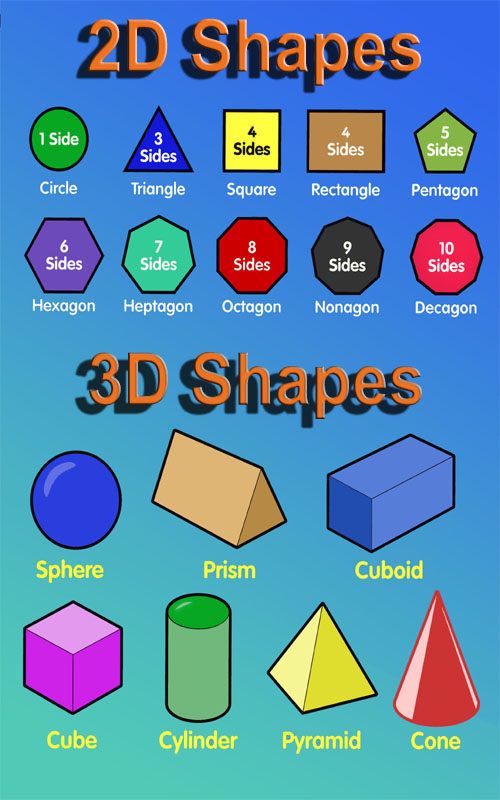
Why is it Important to Teach Geometry and Shapes for Kids?
Children need many opportunities to learn about shapes. Learning to identify and understand what the different shapes are, as well as their parts are important concepts. Each day children are exposed to shapes in their environment. They see and interact with them everywhere daily. They need to be able to recognize shapes, verbalize what they see, and understand why they are there.
We want children to see a shape and make a connection. When they look at the wheel of a car, we want them to process that image as a circle, a shape they have learned to label. Eventually, we want children to decipher between shapes and understand formal definitions of shapes. When they look at a cracker, we want them to process that image as a square, since it has four equal sides.
As children learn each geometric concept, they will move onto the next stage of understanding. A strong knowledge of shapes is vital for learning more complex geometry concepts later.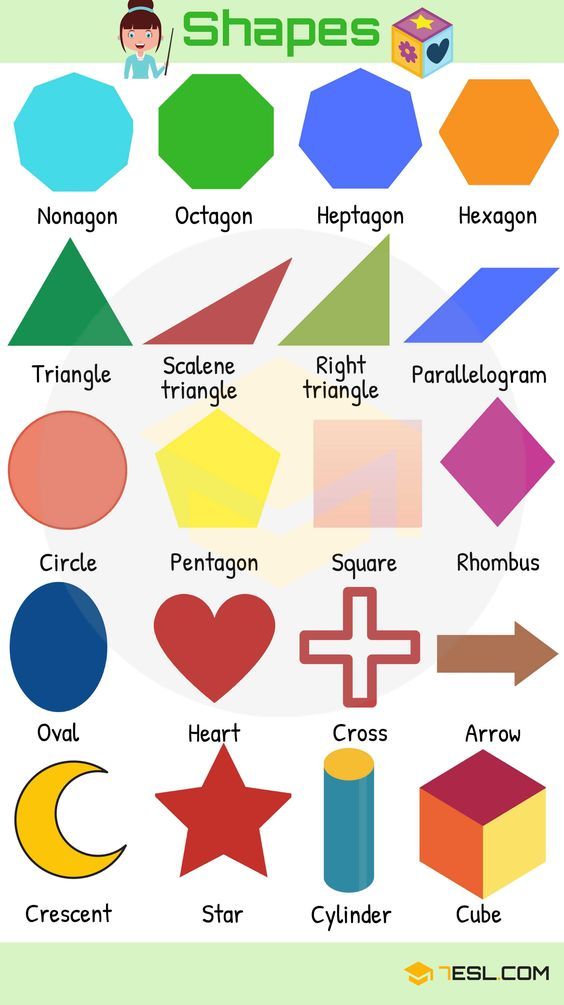
The activities below are ones that will help develop an understanding of shapes. Use them as they are described or adapt them to your own needs. Have conversations about shapes and encourage questions. When a child notices shapes in their environment, let them share with the class! Make time for fun and engaging geometry activities daily in your math center and free play areas.
Geometry and Shapes for Kids Activities
Two Dimensional Shapes
The first stage in learning about geometry is being able to identify, name, and describe 2-dimensional shapes. Talking about shapes whenever you see them and having shape posters on the wall are helpful to kids! Have plenty of shape manipulatives available to explore and “play” with.
Activities
- Create a detailed anchor chart for each 2D shape you are teaching. Draw the shape and label and describe how many sides and corners each has.
- Teach a shape with a catchy song or poem to help them remember what it is called and its parts.
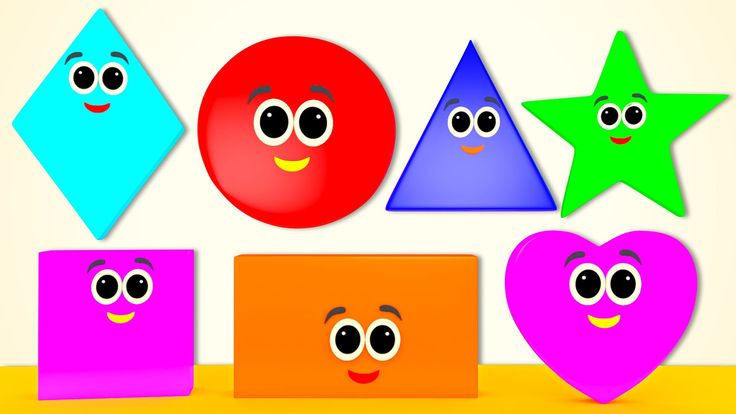
- Use colored popsicle sticks to form the 2D shapes with straight sides. Leave them in a center for kids to put together independently.
- Play and get creative with tangrams. See what pictures kids can make.
- Pattern blocks are also fun, hands-on manipulatives that encourage kids to create. They are the perfect addition to any math tub!
- Bring out the geoboards and practice forming shapes using elastic bands.
- Let kids form shapes in a hands-on way with Playdough.
- Reinforce learning about shapes with engaging printable activities perfect for the primary classroom!
- Practice forming shapes using different tools, such as do-a-dot markers or stickers.
- Make simple crafts using shape pieces cut out of construction paper. Let them invent a shape by combining shape pieces to make new ones.
- Check for understanding with small, focused tasks.
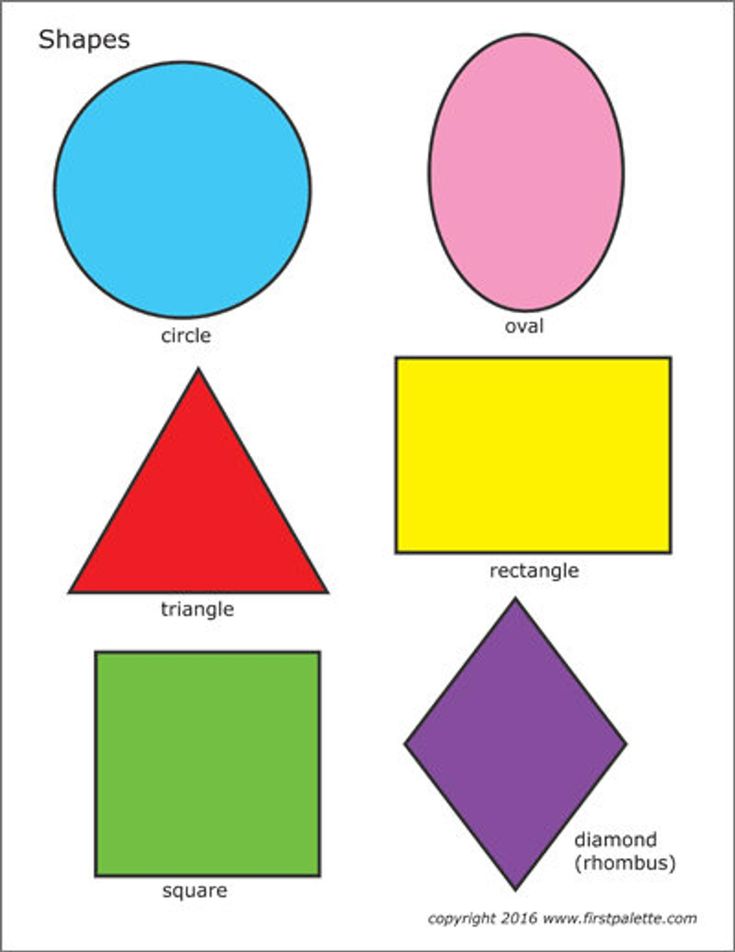 Review the recognition of shapes quickly with flashcards.
Review the recognition of shapes quickly with flashcards.
- Draw shapes for practice using a Boogie Board or other draw and erase tool. Being able to draw basic shapes is essential for bringing other more complicated things later.
Three Dimensional Shapes
Just like 2D shapes, being able to identify, name, and describe 3-dimensional shapes is important! Our world is made up of 3D shapes, and we need to recognize them to make sense of things. Make sure to have geometric solids available to hold and interact with, as well as posters to refer to.
Activities
- Create a detailed anchor chart for each 3D shape you are teaching. Draw the shape and label and describe how many edges, vertices, and faces each has.
- Teach a 3D shape with a catchy song or poem to help them remember what it is called and its parts.
- Form 3D shapes in a hands-on way with small balls of rolled up clay and toothpicks to hold everything together.
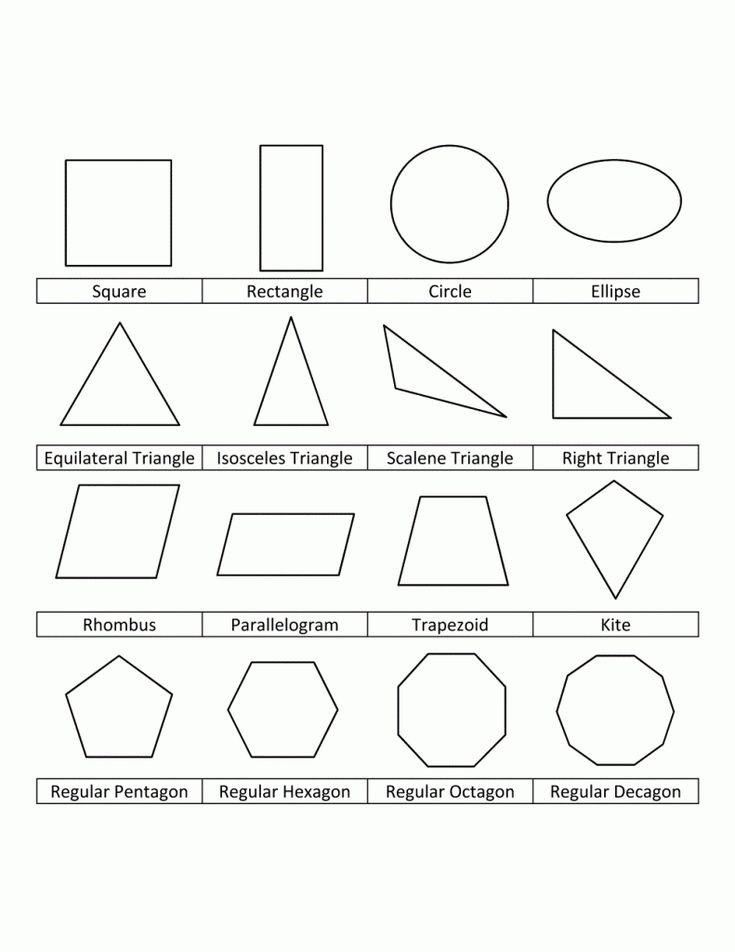
- Let kids form geometric solids using Playdough.
- Play games to reinforce understanding and recognition of geometric solids: shape Bump and Scoot are two engaging choices.
- Get creative with foam blocks and build a tower or other structure.
- Kids love magnetic pieces that can be joined to form 3D objects. Have a bin of these available during free play or STEM time.
- Teach kids how to draw a geometric solid shape in steps. They will be surprised at how simple it is!
- Look through old magazines for pictures of the different 3D shapes. Add the pictures to a class anchor chart.
- Puzzles, clip cards, and matching activities are great for shape recall and building fluency.
Shapes in the Environment
The main goal of teaching children about shapes is for them to be able to see shapes in the environment and to interact with the environment because of that understanding.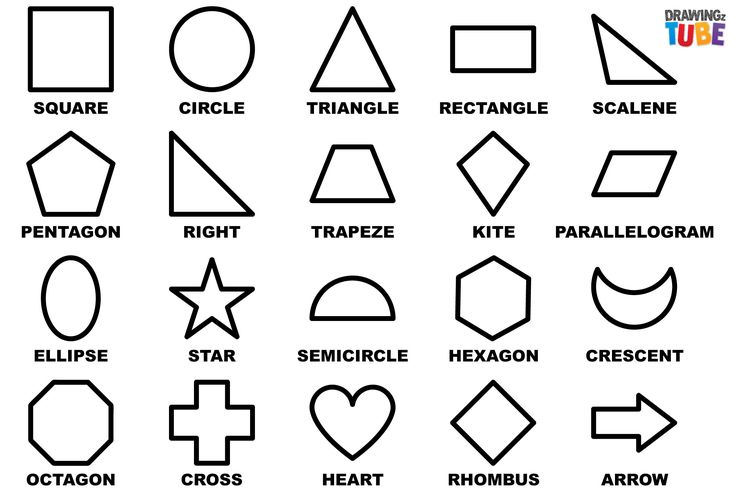 Get kids to talk about what they see continuously and encourage them to share.
Get kids to talk about what they see continuously and encourage them to share.
Activities
- Create an anchor chart with examples of each shape in their world. Let kids give and draw the suggestions of what each shape “looks like…”.
- Look around the classroom and point out different shapes.
- Play games where kids must recognize what object is what shape. Give this Bingo game a try!
- Go on a scavenger hunt outside and take note of what is seen.
- Take photos of real-world examples of shapes. Add the photos to a class pocket chart.
- Read books about shapes in the real world. The Shape of Things is a good book with lots of picture examples.
Compare & Sort Shapes
Provide opportunities for kids to compare different shapes with each other. Once an understanding is developed with the parts of shapes, teach children to sort shapes based on one or two attributes.
Activities
- Provide small groups of either 2D or 3D shapes per pair of students.
 Ask them to take turns sorting shapes and let the other person try to guess their sorting rule.
Ask them to take turns sorting shapes and let the other person try to guess their sorting rule. - Place shapes in a pile in front of the class. Ask them to sort the shapes into their type or by following a particular rule.
- Sort 2D or 3D picture cards by a given attribute as a class or in a center
Symmetry
Teach kids at a young age about reflectional symmetry, which is a mirror image. Show kids that if you draw a line down the center of an image, both sides will match up. This is called the line of symmetry. Some shapes have one line of symmetry, and others have more. Expose them also to symmetry found in nature and their environment.
Activities
- Ask kids to find symmetrical things in the classroom and share them with the class.
- Go outside on a nature walk and look for symmetrical things.
- Use pattern blocks to create symmetrical pictures. Given half a pattern block picture, create the mirror image. Grab these FREE pattern block symmetry cards below!
- Create a Lego structure with a friend by placing the same pieces down together on both sides.

- Build something symmetrical using small objects, such as blocks.
- Create a piece of art using the concept of symmetry. Fold a piece of paper and paint only on one side. Fold the paper together to create symmetrical paint blotches.
Geometry and Shapes Resources for K-2
The activities seen in this post can be found in the following resources.
Kindergarten Geometry & Shapes Unit
First Grade Geometry Math Unit
Second Grade Geometry & Fractions Unit
Free Pattern Block Symmetry Pictures
Print off a set of these to go with your pattern blocks to create an easy math center. Kids will enjoy creating symmetrical designs!
Grab FREE pattern block symmetry pictures for your math center by clicking the image below.
Geometry & Shapes Books
Up, Down, and Around by Katherine Ayes
Go, Shapes, Go by Denise Fleming
When a Line Bends…a Shape Begins by Rhonda Greene
Shapes, Shapes, Shapes by Tana Hoban
The Shape of Things by Dayle Ann Dodds
Seeing Symmetry by Loreen Leedy
Jump, Kangaroo, Jump by Stuart J.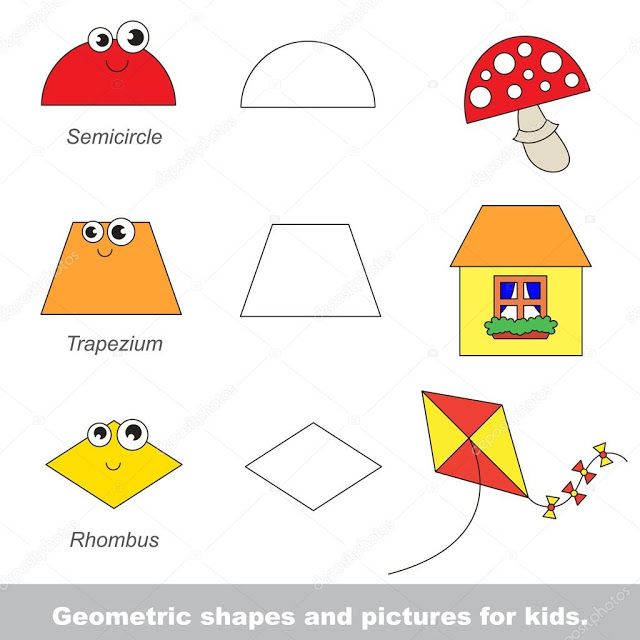 Murphy
Murphy
If You Were a Polygon by Marcie Aboff
If You Were a Quadrilateral by Marcie Aboff
Greedy Triangle by Marilyn Burns
Shape Up! by David Adler
Three Pigs, One Wolf, Seven Magic Shapes by Grace Maccarone
Shape by Henry Pluckrose
Mouse Shapes by Ellen Walsh
Shape by Shape by Suse MacDonald
Shapes! by National Geographic Kids
Captain Invisible and the Space Shapes by Stuart J. Murphy
Geometry Materials
Try the Mindful Math Comprehensive Program
Read about the Mindful Math program and how it can change your math block in positive ways! This comprehensive math curriculum is available for Kindergarten, first grade, and second grade.
More Math Activities for Kids
Number of the Day Activities
Addition and Subtraction to 20 Activities for the Classroom
Number Sense Activities to 20
Learning Fractions
PIN
FREE Number Sense Email Series
Sign up for the building number sense email series filled with effective strategies, must try activities, and FREE resources to build routines in your classroom.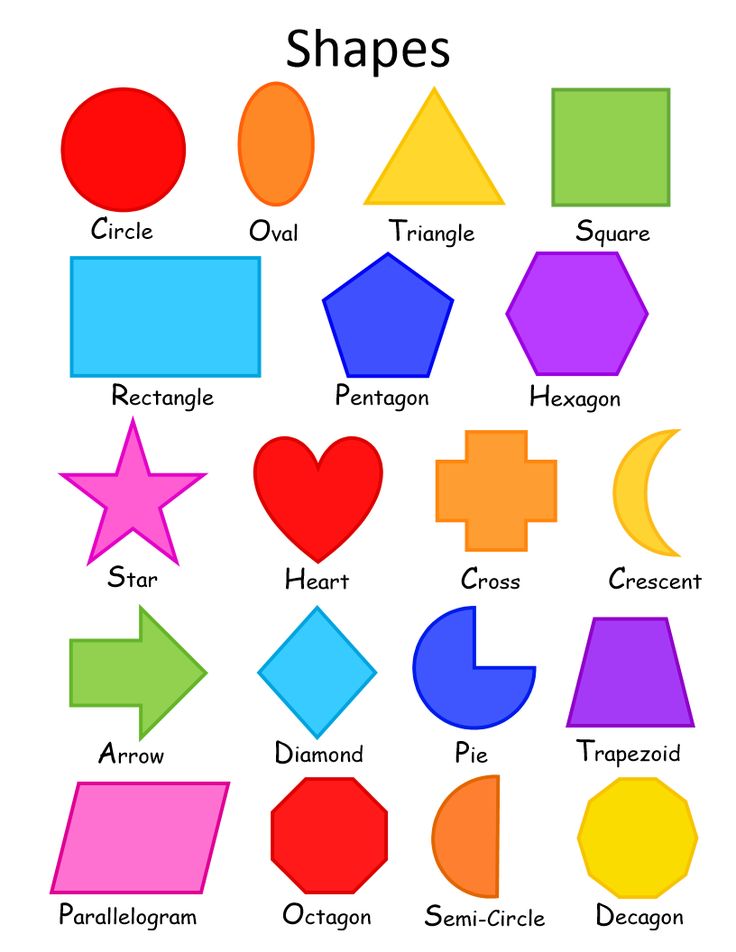 Everything you need to help kids grow their number sense and have fun at the same time!
Everything you need to help kids grow their number sense and have fun at the same time!
First Name
Personal Email Address
We use this field to detect spam bots. If you fill this in, you will be marked as a spammer.
I'd like to receive the free email course.
This form collects information I will use to send weekly emails with strategies, promotions, and resources. Unsubscribe at any time. Powered by ConvertKitwe learn flat and three-dimensional geometric shapes
Masaru Ibuka in his book “After three it's too late” claims that in the first three years of life a child has the highest potential for learning and development, so inaction is akin to a crime.
Of course, we may feel that the child is too small. And what can he learn if he cannot even speak? But the brain of a child, like a sponge, absorbs all the information around it. And it depends on the parents what the child will learn at this age.
And it depends on the parents what the child will learn at this age.
Is it worth it to start learning geometric shapes at such an early age? Undoubtedly. The child lives in an environment of geometric shapes. The knowledge you give should not be divorced from your daily life. Mom is the guide of the baby in this world, and it is absolutely not necessary for her to have a degree in order to tell the child how the world works.
Why should a child learn geometric shapes?
The first three years of a child's life is a period of development of brain cells, when a solid foundation for new achievements is formed. Already at 3-4 months, the baby is able to distinguish forms. This does not mean that the time has come to memorize the names of geometric shapes, but when talking with a baby, a mother may try to use the phrases: “Here is our favorite round saucer”, “Let's see what's in a square box” and the like.
Knowledge of geometric shapes helps:
- develop spatial thinking, orientation in space;
- broaden one's horizons;
- develop the ability to compare, analyze, summarize and highlight the main thing, classify;
- to replenish vocabulary.
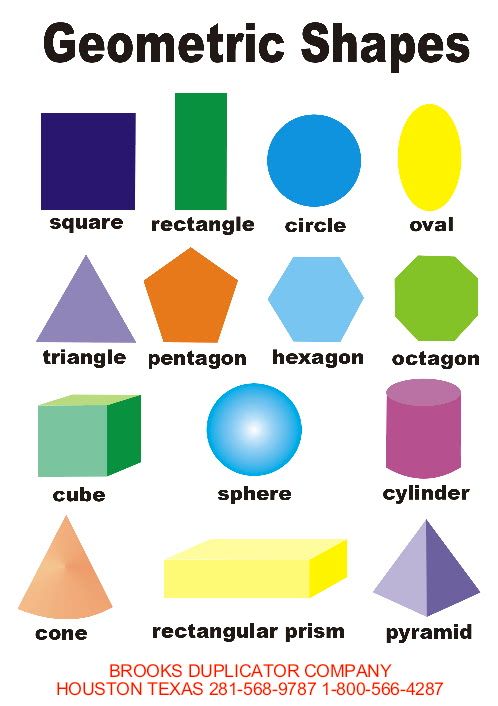
And, of course, the knowledge acquired by a preschooler will serve him as an excellent help in studying mathematics at school.
How to teach geometric shapes with a preschooler?
- Education for preschoolers should be built in the form of an exciting game.
- No need to scold the child if he did not remember the names of the figures from 1 time, even if from 31 - it's not worth it.
- Do not forget to organically weave geometric knowledge into life: “give a square box”, “take an apple from a round plate”.
- On the way to the garden, look for rectangular or round objects, compete to find and name the most.
- In the game arsenal you should have toys of the correct geometric shape - balls, cubes, designer parts.
- Usually kids like to help their mother in the kitchen. Get round, square, rectangular molds and bake edible geometric shapes.
- It is important to use tactile memory when studying figures.
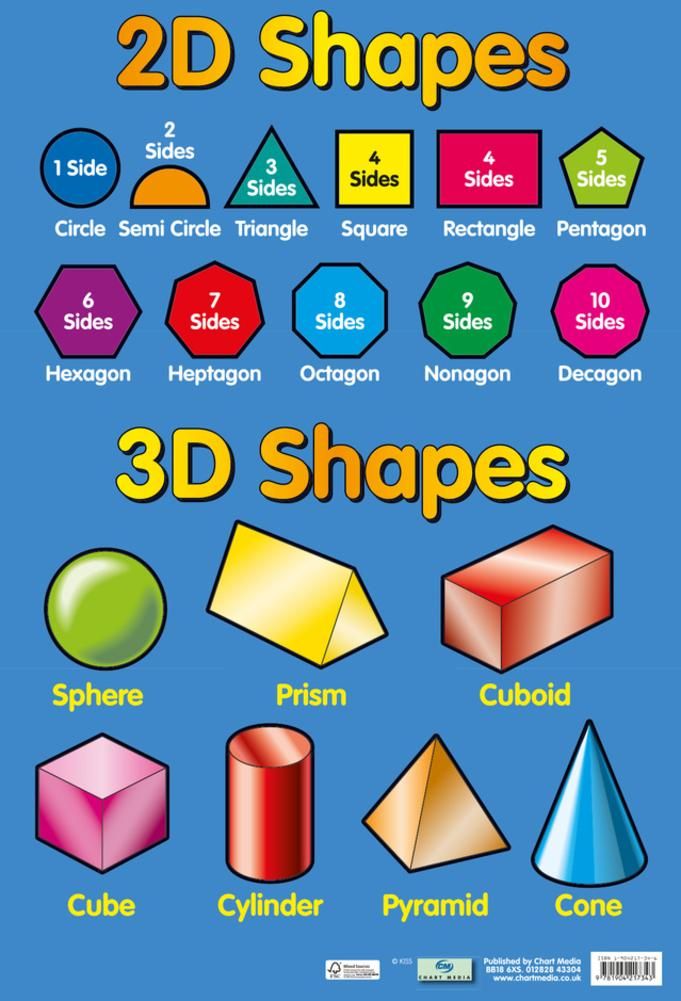 It will be much more interesting for a child not only to see, but also to feel, stroke, and maybe even lick the object of study.
It will be much more interesting for a child not only to see, but also to feel, stroke, and maybe even lick the object of study. - Load the child's brain in doses, gradually supplementing with information. For example, when studying shapes, repeat colors as well: “Look, what a blue oval it turned out to be.”
Basic Shape Memorization Techniques
There are many techniques and techniques that will make memorizing shapes interesting for children. The choice of methods will depend on the age and knowledge of the child.
- Before reaching the age of 1.5, we pronounce the surrounding objects aloud, supplying our story with information about the shape (let's take a round apple).
- At the age of 1.5 - 2 years, we use pictures, color the figures, use sorters to study the figures. We start with the simplest - the circle. We will connect the rest of the figures only after the child has learned the concept of "circle".
- From the age of 2 until reaching school age, we can apply all existing methods, following from simple to complex.
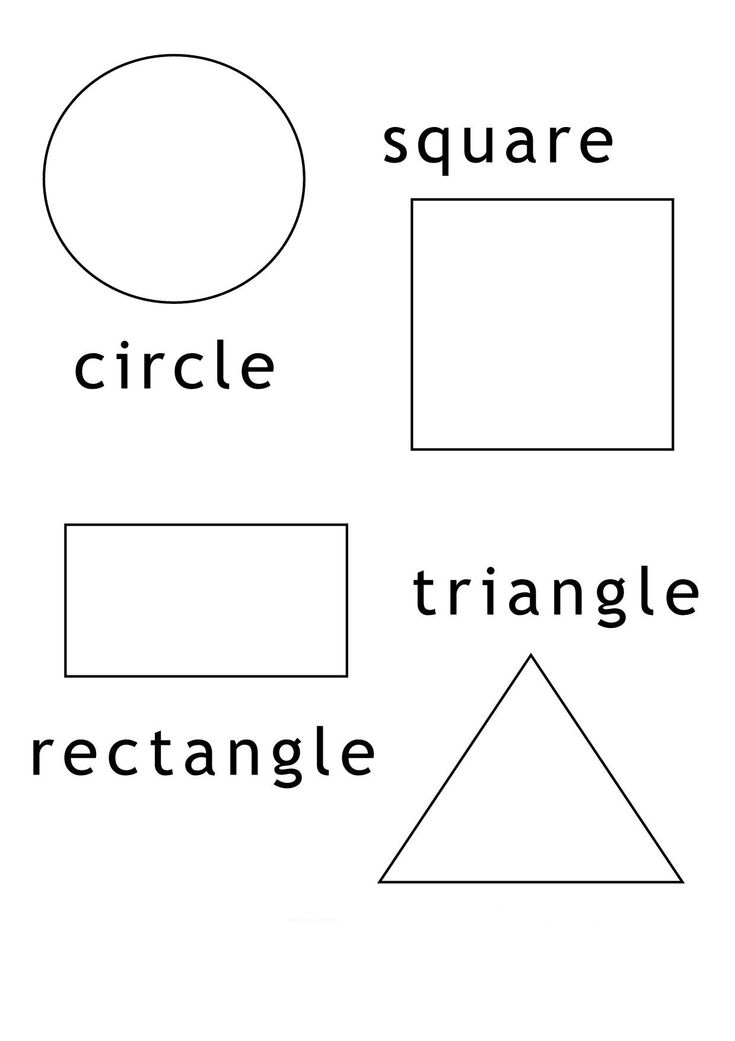
When studying geometric figures, it is important to proceed in stages. You should start with light shapes: circle, square, triangle, rhombus, rectangle, oval. Knowledge of these figures is available for children 2-3 years old.
Older children, 4-5 years old, include in their vocabulary and use the idea of a trapezoid, parallelogram, pentagon, hexagon, octagon, decagon and other polygons. They already know how to analyze, so they can easily compare and find differences between figures.
Senior preschool children get acquainted with three-dimensional figures: cylinder, pyramid, cube, ball, cone, prism.
Let's analyze some variants of techniques for studying geometric shapes:
1. Sorter - looking for a "house" for each shape. The child will not only remember the figures, but will also develop fine motor skills, coupled with thinking.
2. Modeling . Sculpt geometric shapes with your baby - you simply can’t imagine a better activity for developing fine motor skills of hands and perseverance.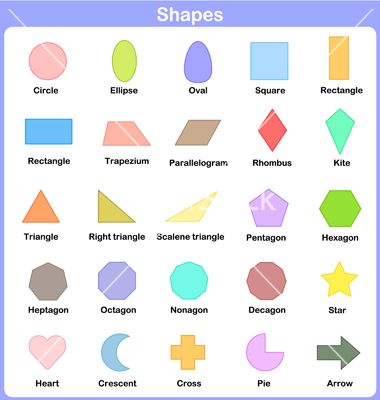
3. Three-dimensional stickers and magnets depicting geometric shapes can also help the child fix the names of the shapes in memory.
4. Looking for halves of . Cut the geometric shapes into two parts, mix and invite the baby to find the other half.
5. Applications . You can also make a geometric application from cut out figures. For example, a house (square + triangle), Christmas tree, car.
6. Outline dashed geometric shapes .
7. Color or shade the geometric shapes you suggested .
7. Finish the figure according to the sample.
8. Draw figures using stencils.
9. Listen to a fairy tale where the main characters are geometric figures, and then draw what you hear.
10. Put figures of different shapes into an opaque bag and suggest guessing the shape of the object by touch.
11. An excellent game for the development of memory and attentiveness.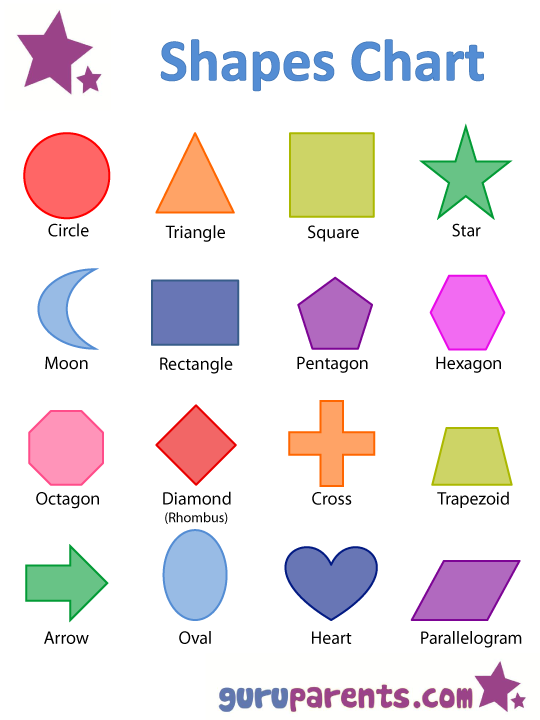 An adult prepares cut out figures of different colors and sizes and lays them out in front of the baby. They discuss colors, name the figures, and then the adult hides the figure. The task of the child is to find and name which figure is not.
An adult prepares cut out figures of different colors and sizes and lays them out in front of the baby. They discuss colors, name the figures, and then the adult hides the figure. The task of the child is to find and name which figure is not.
12. Laying out geometric figures with counting sticks or matches. When the child masters this skill, you can move on to a more difficult level - solve puzzles. For example, remove one match to make a triangle.
13. Associations . Invite the child to name objects that a circle or rectangle looks like.
14. Laces and various insert frames , for example, Nikitin squares, where you need to recreate a square from several objects, or Segen boards, where you need to insert the missing part.
15. Outdoor games . For example, an oval, a triangle, a square, a rectangle are drawn on the asphalt. At the command of an adult, the child must find the named figure and stand in it.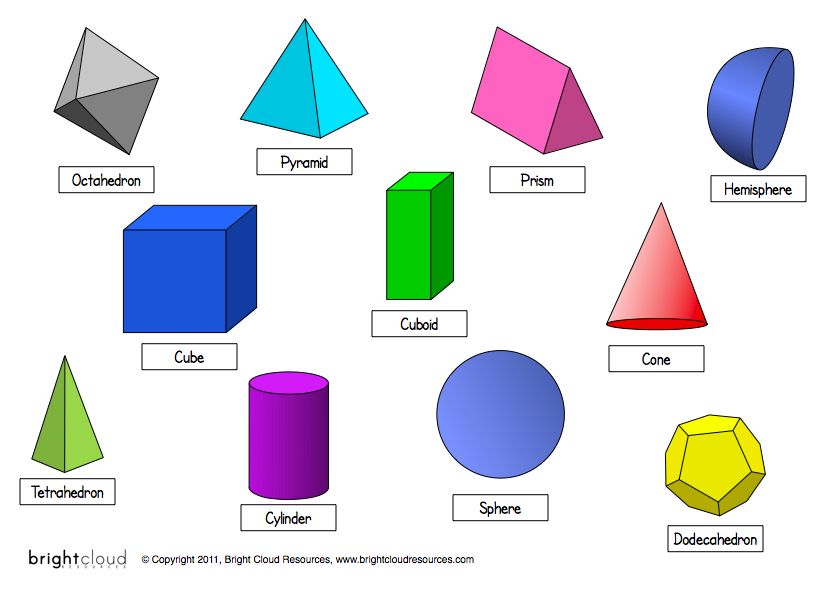
16. Videos . There are a large number of cartoons and educational materials about geometric shapes. Watch the video with the baby and be sure to discuss what you see.
17. Find on the Internet and print out pictures that artists draw with geometric shapes, and invite your child to count how many circles, rectangles, etc. are there. objects (for example, ball = ball). And, of course, to involve the study of the subject through games:
- Finding a three-dimensional figure from a flat pattern is an excellent exercise for developing spatial thinking.
- "Sleuth". Children are given an “orientation” - a flat drawing of the desired figure from all sides. Children need to match the pictures and find the right shape.
- Create a 3D model yourself. An adult can print stencils from the Internet. It remains for the child to bend along the lines and glue to make a figure.
- Models, origami - you can try with your child to create your own voluminous paper toy.
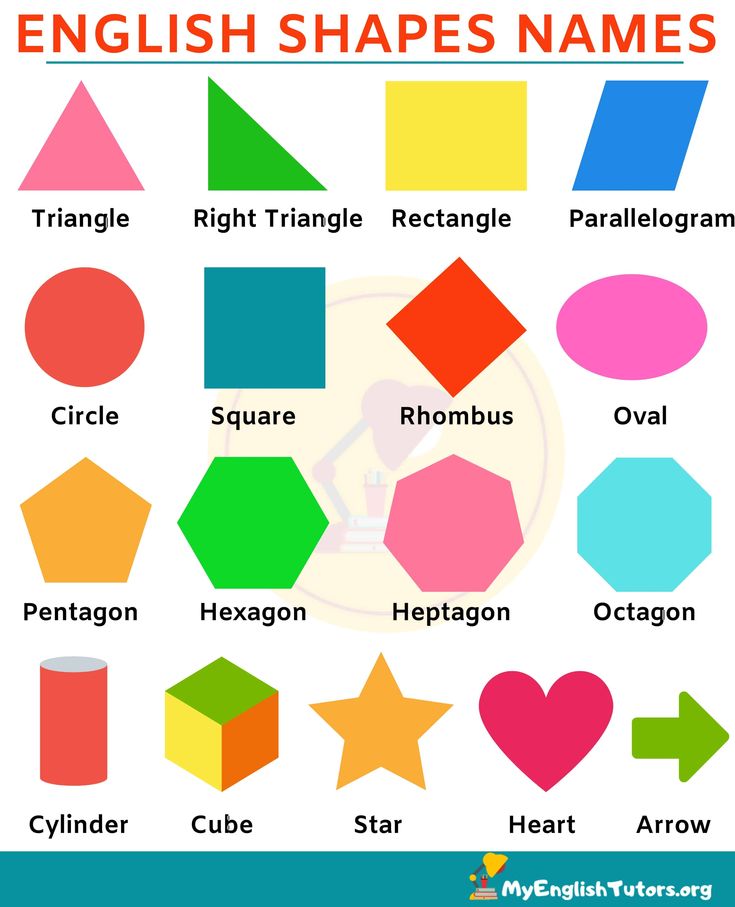
- Constructor. Build a tower or a castle for the princess with the help of details. This game will contribute to the development of fine motor skills, imagination, understanding the properties of three-dimensional figures.
The study of geometric figures should not become torture for a child and an adult. Choose the method that's right for you. Show patience and ingenuity, and then the result will not be long in coming. Most importantly, do not forget to encourage the child for his new discoveries and repeat the knowledge gained from time to time.
Mathematics and logic for children 7-13 years old
Developing logical thinking through solving plot mathematical problems in an interactive game format
learn more
Geometric shapes for preschoolers - no analogies
Content
- Preschool figure dolls
- Toddler figure painting
- Preschool figure activity
- The world around the world
- STOMMENTION
- Cover the figures
- Games with figures for preschool children
- Board game "Build Castle"
- Construction
- Geometric bingo
Geometric figures for preschoolers are an irrelevant part .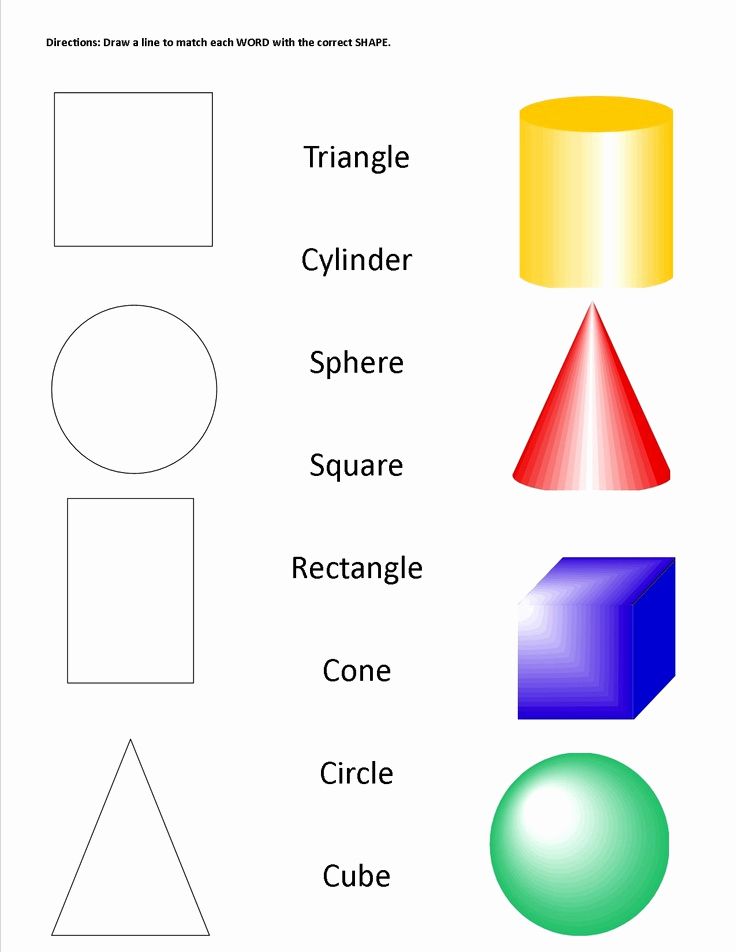
The study of simple two-dimensional figures is the acquisition of basic knowledge of geometry, which will serve as the basis for obtaining more important knowledge in school years.
Let's look at what figures preschoolers need to study, how to build learning in order to easily and easily cover this topic for children.
The idea of geometric shapes in preschoolers
The main shapes for younger preschoolers: circle, oval, triangle, rectangle, square and hexagon. Later, you can add interesting shapes such as a star and a heart. Older children can be introduced to a rhombus, pentagon, trapezoid, parallelogram.
Always focus on the properties of a figure that make it unique in your teaching. This is the number of sides, vertices, etc.
Here: math assignments for preschoolers.
Figure dolls for preschoolers
Any knowledge is better absorbed in childhood if presented in a playful way. Here's a great idea: make dolls with toe holes in the shape of simple geometric shapes and play with them!
Toddler Shape Drawing
Learning to draw simple geometric shapes comes down to using corners/vertices.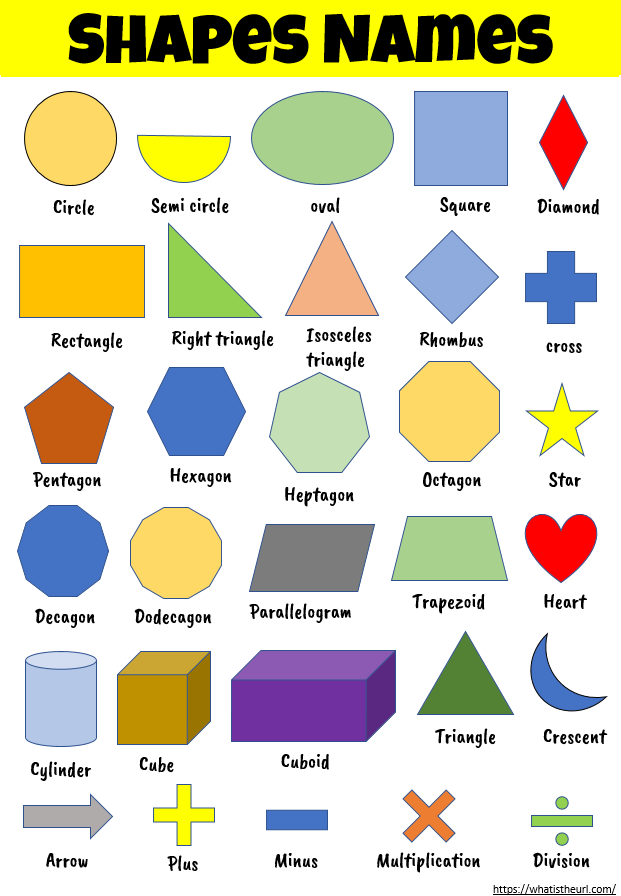 I will show you a triangle, a hexagon, a rectangle and a square. Let's start with a triangle and you'll see what I mean.
I will show you a triangle, a hexagon, a rectangle and a square. Let's start with a triangle and you'll see what I mean.
Ask the children to draw three dots on the paper. I like to simulate a drawing with one dot on the top and two dots on the bottom (like a capital A). By drawing these points, they are essentially planning where the corners/vertices will be. Then ask the kids to connect the dots. Ready!
Tasks with figures for preschoolers
Paper task cards, traditional for solving learning problems, are very effective and, in addition to basic educational tasks, teach perseverance, accuracy, skills in working with pencil and paper, work order “like at school”.
The world around us
It is useful and interesting to find familiar geometric shapes in the surrounding objects. First, you can practice with printed tasks. And then let the child look around and name what each of the objects around him looks like. Find and show more different tasks for children here.
Sequence
Let's consolidate knowledge about shapes and figures using logical tasks. It is necessary to supplement the sequence, taking into account the shape and color of the figure. In the first case, you must select a figure from the proposed ones, in the second case, draw a geometric figure in the desired color yourself. The second task is within the power of preschool children over 4-5 years old.
Circle the shapes
Tasks for preschoolers to train graphomotor skills, mindfulness, accuracy and consolidate knowledge about the properties of geometric shapes.
Games with figures for preschoolers
Board game "Build a castle"
It is desirable to print the sheet with figures on colored or tinted paper. Or paint later. To cover the white pieces on the playing field with colored ones!
Designing
Designing from wooden, magnetic, cardboard parts, creating applications from geometric shapes is an important tool for studying this topic in kindergarten.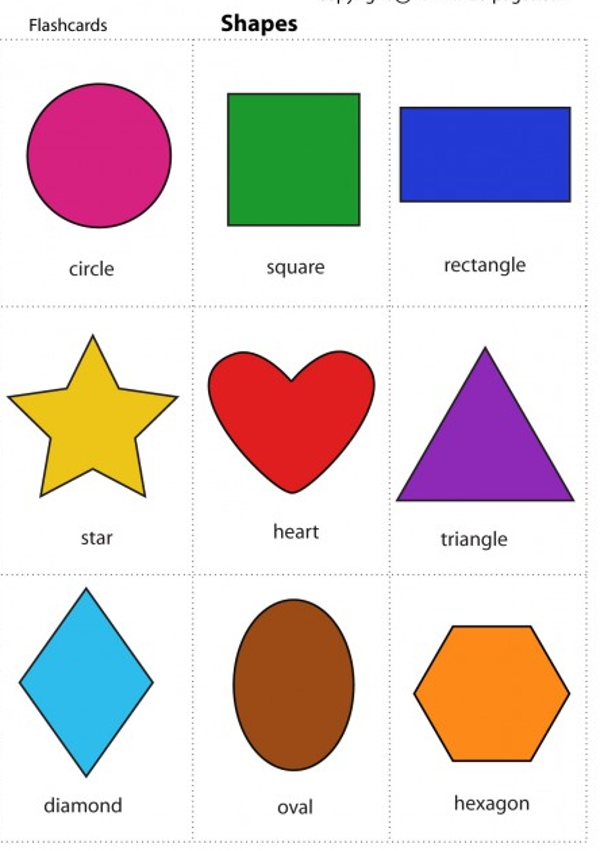

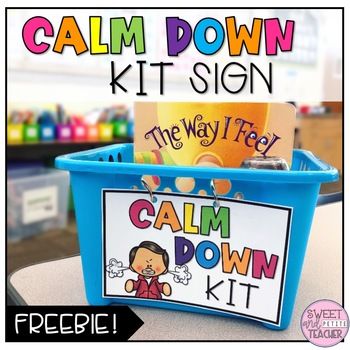
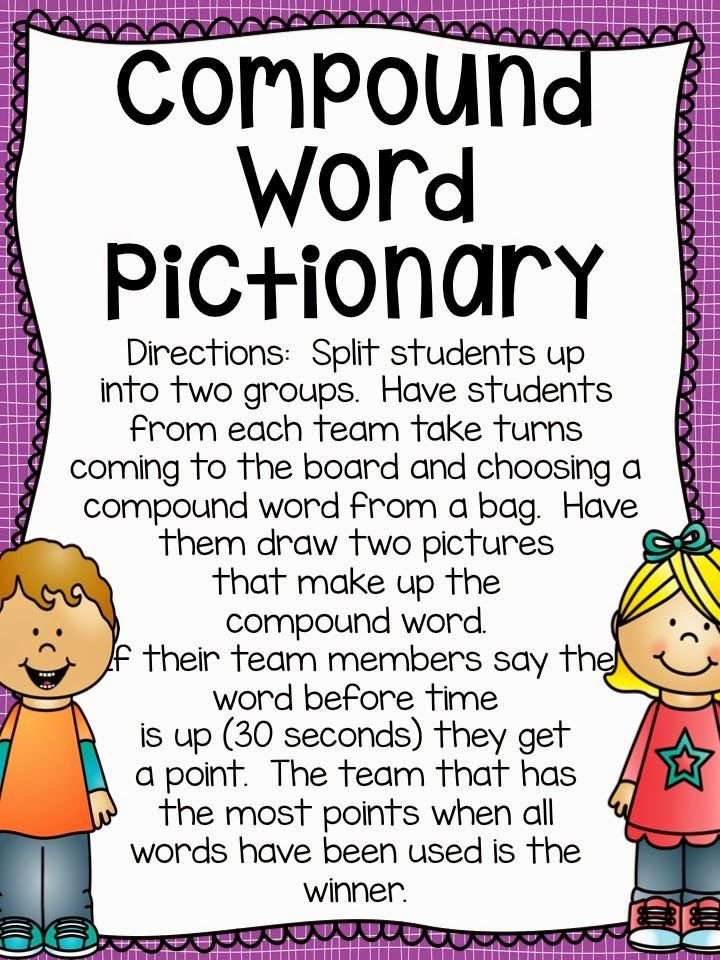
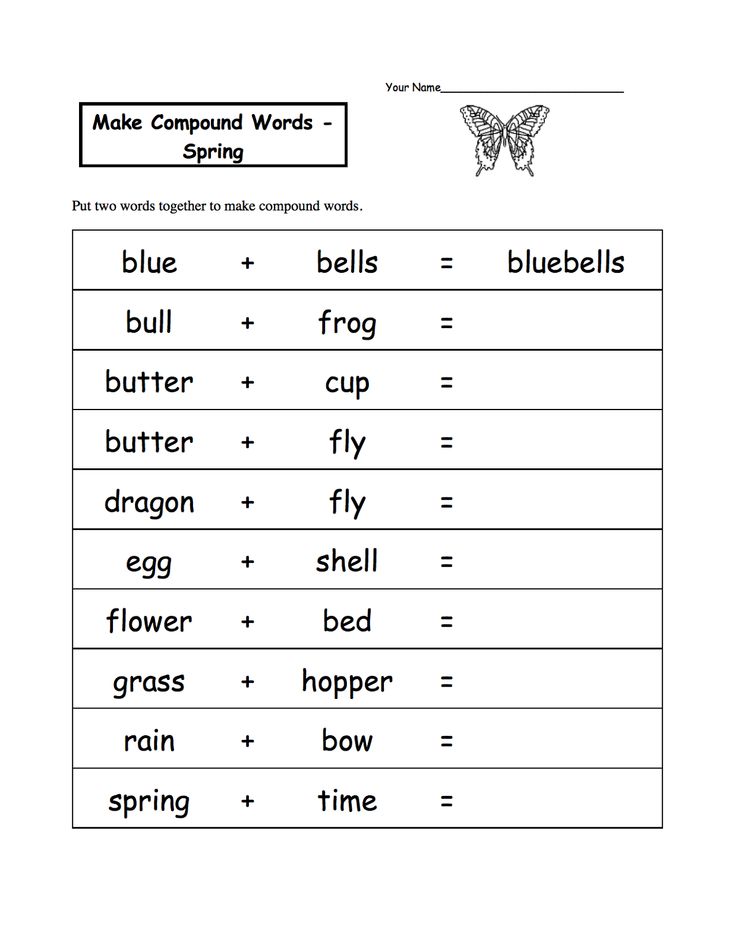
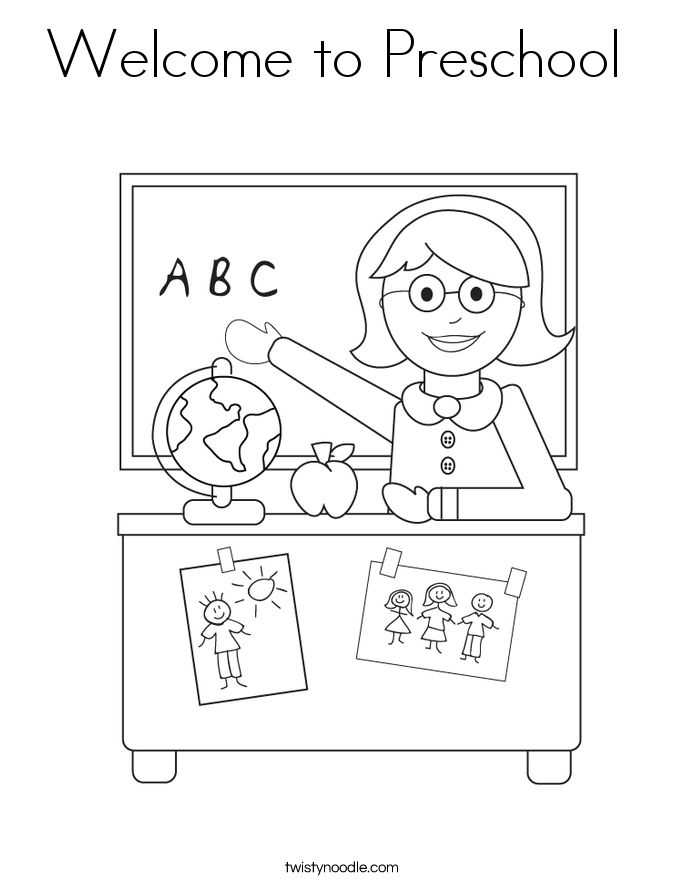
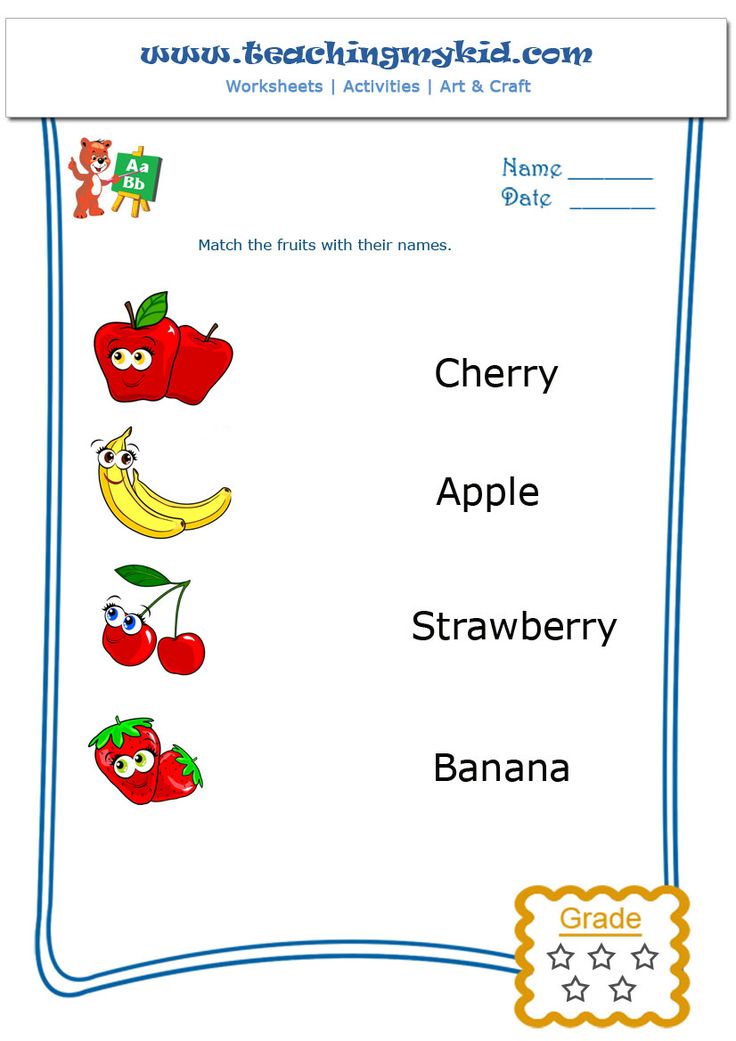
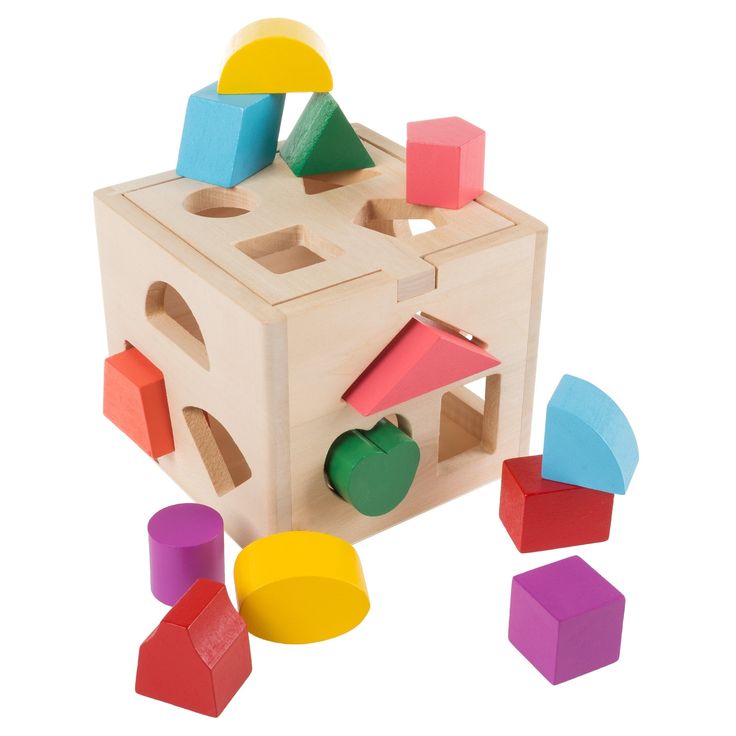
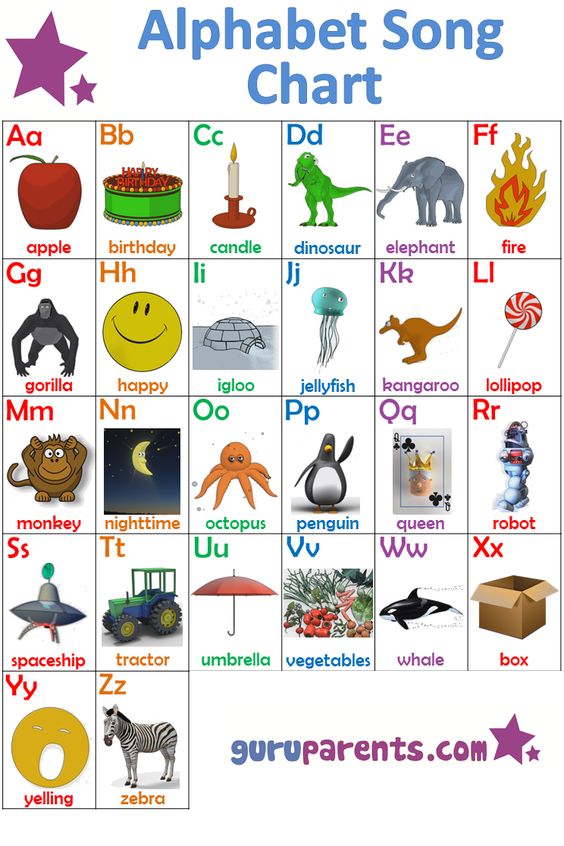
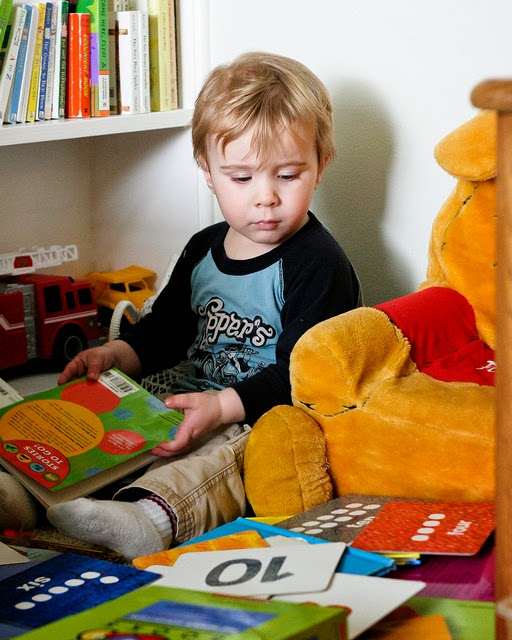.jpg)
